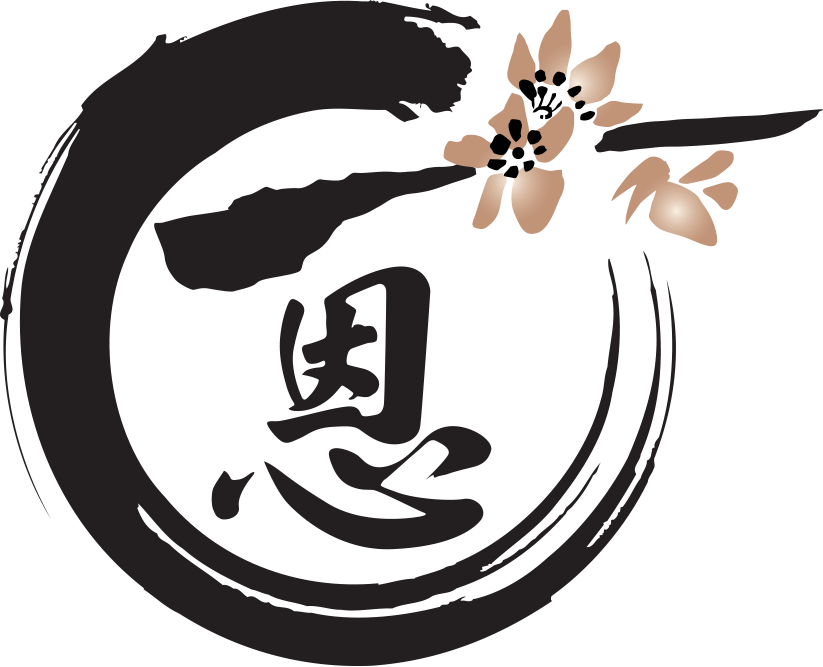Acupuncture is a traditional treatment via needling to prevent and cure disease. It is a medical technique known as ‘treating internal diseases through external means’. This is achieved through the conduction of meridian channels and acupuncture points as well as usage technique to treat illness throughout the entire body. According to the latest Science of Acupuncture and Moxibustion’s education report, the human body contains 361 classical acupuncture points. Traditional Chinese Medicine utilizes acupuncture to treat illnesses by stimulating acupuncture points and affecting the qi’s flow direction within the meridian channels. Acupuncture is where needles composed of metallic elements pierce certain acupuncture points within the body in conjunction with usage technique to regulate and harmonise the flow of qi and blood.
Chinese medicine believes the human body’s meridian channel system is responsible for transporting the entire body’s qi and blood. These substances are delivered and circulate through the entire body to each bodily system or internal organs to maintain balance and stability. In instances where the meridian channels become obstructed and affect the transportation of these substances, pathogenic qi (various pathological inducing factors) rises. It is at this time that the human body will begin to experience abnormal pathogenesis. After a needle is pierced into the human body, it will initiate a bodily response to open meridian channels to overcome any stagnation. This allows the meridian channel system to return to normal, adjusting qi and blood levels, encouraging qi and blood circulation resulting in yin and yang returning to respective equilibrium. This allows the internal organs to regain harmonious functionality and ultimately, attaining the goal of preventing and curing diseases.
The application spectrum for acupuncture is very broad. Examples include internal and external injuries, gynecological, paediatric, five sensory organs and dermatological disorders. Most disorders can be treated or managed with acupuncture. World Health Organization (WHO) has declared the 43 following disorders that acupuncture have been shown to be effective with:
1 – Respiratory Tract Disorders
Allergic Rhinitis, Sinusitis, Rhinitis, Common cold, Tonsillitis, Acute or chronic laryngitis, Tracheitis, Bronchial asthma
2 – Visual Pathway Disorders
Acute conjunctivitis, Central Retinitis, Myopia, Cataracts
3 – Oral Cavity Disorders
Toothache, Post tooth extraction pain, Gingivitis, Pharyngitis
4 – Gastroenterology System Diseases
Esophageal achalasia, Hiccups, Gastroptosis, Acute and chronic gastritis, Gastric hyperacidity, Chronic duodenal ulcer, Acute and chronic colitis, Acute (Chronic) bacterial dysentery, Constipation, Diarrhea, Paralytic ileus
5 – Neurological, musculoskeletal and orthopedic Diseases
Headache, Migraine, Trigeminal neuralgia, Bell’s palsy, Mild paralysis post stroke, Peripheral neuropathy, Polio induced paralysis in pediatrics, Meniere’s syndrome, Neurogenic bladder dysfunction, Incontinence, Intercostal neuralgia, Cervical radiculopathy, Adhesive capsulitis, Epicondylitis, Sciatica, Back pain, Arthritis, Pediatric cerebral palsy
(World Health Organization’s 43 disorders indicated for acupuncture, Chinese Metrology Press 1995)
In 2006, China Academy of China Medical Sciences declared acupuncture to be first listed in the National Intangible Cultural Heritage Directory by the state council of the People’s Republic of China. Additionally, United Nations Education, Scientific and Cultural Organization also recognized acupuncture to be a representation of Humanity’s Intangible Cultural Heritage.
